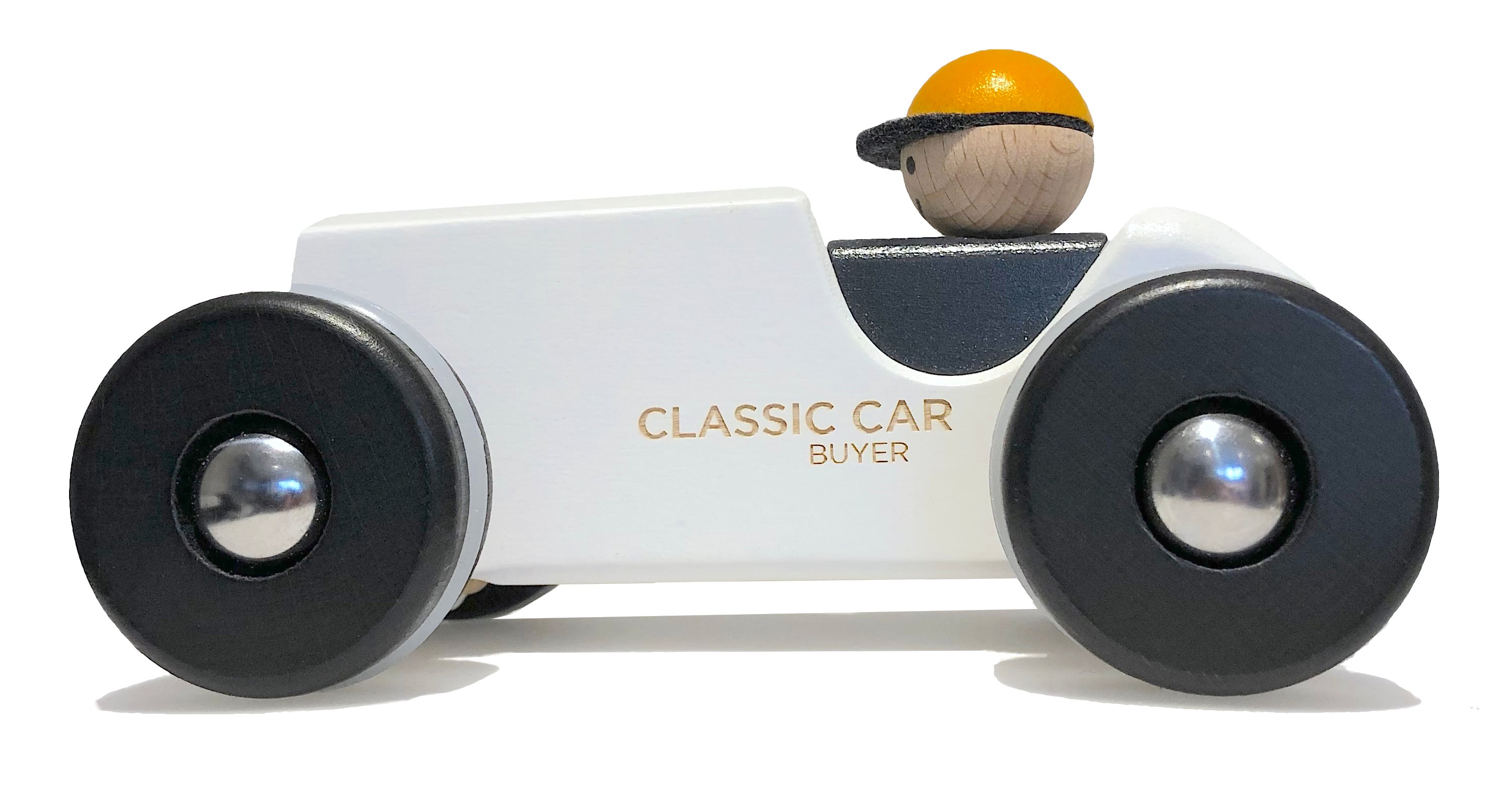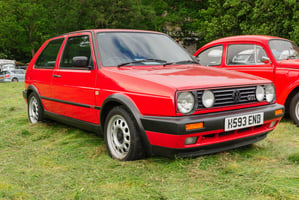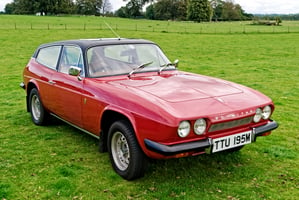Classic cars possess an undeniable allure, capturing the essence of a bygone era and delighting car...
If there’s one car that truly embodies post-war British motoring with a side of cheeky flair, it’s got to be the Ford Anglia 105E. Launched in 1959, this smartly- styled little car was a bit of a departure from its Anglia predecessors - and it didn’t just look different; it was different.
Let’s have a look at what makes this fourth Anglia model so special…
The start of something big
The Anglia 105E marked a major turning point for Ford. Designed under the watchful eye of Elwood Engel (who also had a hand in shaping the American Ford Thunderbird), it had an unmistakable backwards-slanting rear window, which wasn’t just for good looks - it improved aerodynamics and kept rain off the glass, meaning that no rear wiper was needed. Clever stuff!
Under the bonnet, the 105E introduced Ford’s brand-new 997cc overhead-valve Kent engine, a lively little number that delivered around 39 bhp. That might not sound like much by today’s standards, but in a car that weighed just over 700kg, it was enough for a top speed of 75mph. It also featured a four-speed manual gearbox with synchromesh on the top three forward gears - a real luxury at the time - and by 1962 this was even replaced with an all-synchromesh box.
The 105E was the first car to use the famous Kent engine, a design that would go on to power everything from the Cortina to Formula Ford race cars. The Kent engine itself remained in production in various forms well into the 2000s, with over 40 years of service.

A car designed for the people
This certainly wasn’t a car for the elite - it was instead built for the everyday person in Britain. With a price tag of £589 when new, the Anglia 105E was affordable, dependable and practical too. It had enough room for a family, a boot big enough for a fortnight’s worth of food shopping, and fuel economy that gave around 40 miles per gallon.
The styling was distinctly American-influenced, with tail fins and chrome touches giving it a transatlantic feel in places. And yet, it was still very much a British car - built in Dagenham, engineered for narrow roads, and able to handle a wet Wednesday on the motorway without much fuss.
There was a van version, too, known as the Anglia 307E. It was widely used by businesses and tradespeople across the UK, and its charming looks and reliability made it a much-loved workhorse for many years.
It’s a bit of a star
If you’re wondering why the Anglia 105E looks familiar, it may be because it flew - quite literally - into modern fame as Ron Weasley’s enchanted car in the Harry Potter films. Remember when it got stuck in the Whomping Willow, and was then ejected, off to live a life of its own in the Forbidden Forest? How could we forget…
That role alone secured its place in pop culture history...

In motorsport, the lightweight body and responsive engine made it a popular choice for club racing and rallying. Many people swapped in bigger Kent engines (like the 1300 or 1600 crossflow), making it a formidable sleeper car. And of course, the Anglia’s popularity in grass track racing and drag strip fun helped keep it alive long after production ended.

A large legacy that lives on...
Production of the Anglia 105E ran until 1967, by which point over a million had been built. It was eventually replaced by the Ford Escort. Today, the 105E is a sought-after classic, appreciated for its distinctive looks, mechanical simplicity, and retro charm. It’s a small car with a big personality, and it is certainly a truly unforgettable part of British motoring history.
What a car!







